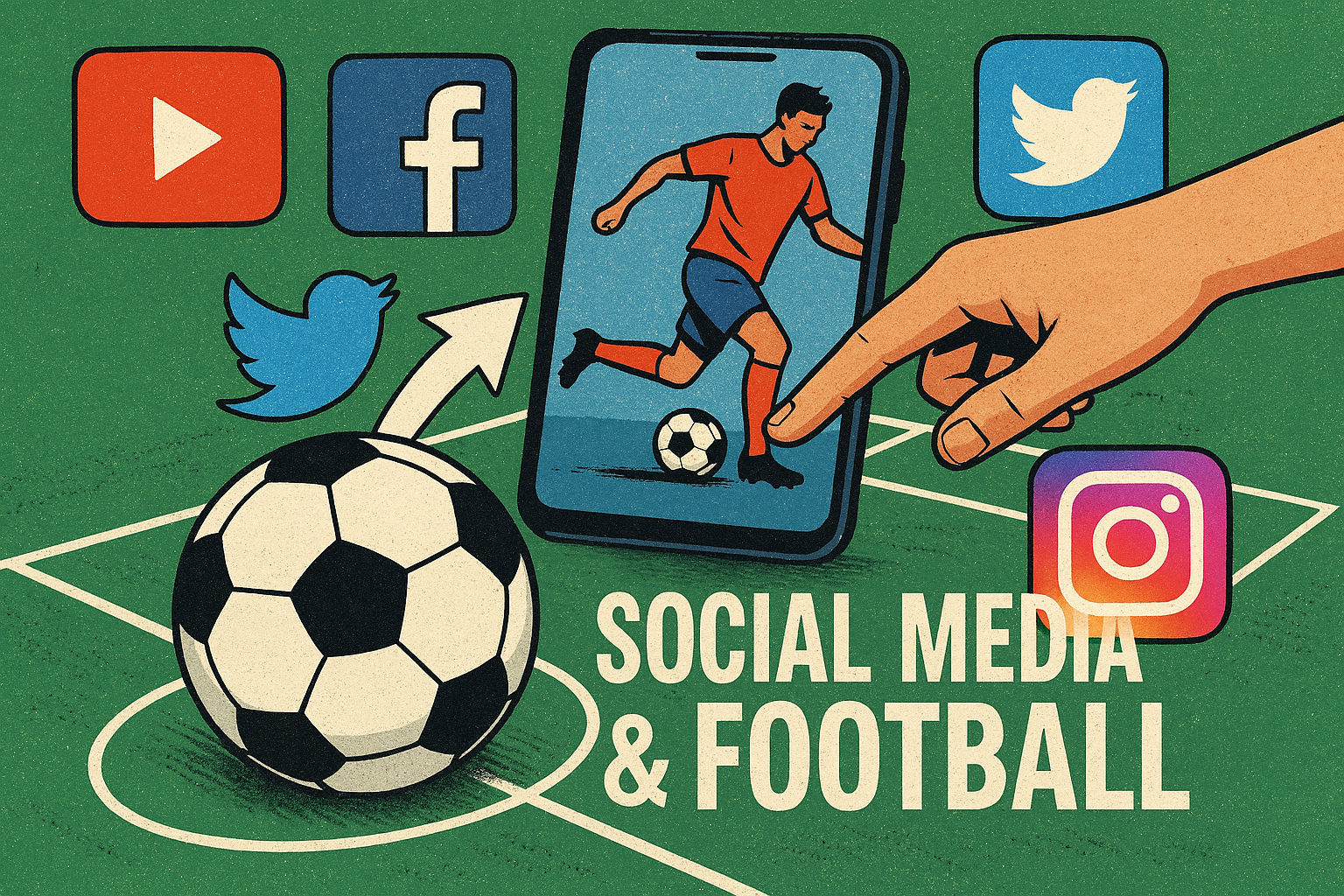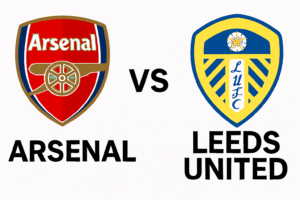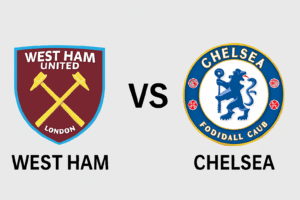
Spend five minutes scrolling on your favorite platform and you’ll see highlighted clips, behind-the-scenes excerpts, drills, live rooms, and instant opinion threads. Social channels have collapsed the distance between clubs, stars and supporters, shaping all moments into a potential micro-broadcast. The old paradigm of waiting for a hopeful weekly magazine show has disappeared; the game now lives in your pocket 24/7. The effects of this don’t just entertain, it changes the way we work out where narratives are set, where controversies go to die, and how value is created within football consumption. Brands in particular follow moments now as closely as managers follow points. The post-match reel isn’t merely valuable, but just as valuable in driving visibility as a match result. In an world that is always-on, football is not just a calendar of events, but a flow or stream of stories. The pace is dictated by creators, fans act as amplifiers for the vibe, and clubs have learnt to programme their channels in a way all content has equal merit, just like a studio. The value proposition is reach. A smart clip with subtitles and vertical framing will out-return any traditional form of advert. One goal from a domestic cup can make it halfway across the globe in an hour, provided the cut is tight, and the caption is punchy. That immediacy shifts priorities: teams invest in content producers, players develop their personal brand, leagues work with developing platform strategies.
Players as Media Companies in football
Ten years ago, a player needed a camera crew and a timeslot on TV to be seen. Today, a phone and a light ring would be enough. Stars use Reels, Shorts, and live streaming to portray their own narratives (rehab diaries after injuries, tactical analysis after a hard-fought draw, family snippets which make them feel human). The parasocial connection formed from these glimpses is extremely important. Trust goes up, and so does the commercial value, when a supporter sees the grind of preseason or a charity visit in real time. Endorsements are increasingly coming through player owned channels first, as in many industries those with authentic community outperform over-polished ads with less connection. Young prospects arrive at an academy with digital fluency, already comfortable with editing apps, and veteran players are hiring social media producers to help with cadence and tone. Agents are negotiating image rights while also thinking about a player’s influence in the creator economy. For many players the “media day” never concludes, as all this activity is constantly intertwined with elements of training, travel, and recovery. The most effectively managed accounts are built like a team tactical plan; there are objectives, consistent shapes, and space for spontaneity.
Clubs, Leagues and Broadcasts on football Platforms
In the early days, rights holders worried that short clips would hurt TV. In fact, the right clips act as trailers and drive sign-ups. Matchday operations have evolved beyond supporting the TV show: tunnel cameras, touchline microphones, and reaction shots from the bench create second-screen experiences and keep fans engaged through breaks. League mobile schedules help clubs take advantage of short-form discoverability, and broadcasters are creating studio shows around the online trending topics instead of the other way around. And even small teams punch above weight. A documentary series or the star quality of an academy coach can also build a global audience faster than on-pitch results. Clubs now understand the “fan journey” from a 12-second clip on social media to a merchandise shop or an away-day ticket purchase. Their CRM systems even match watching behavior to an offer, so that supporter who has watched a wonder goal back at midnight may then receive a notification about the new third kit when they wake up. In this loop, football clubs are competing not just with rival teams but also all forms of entertainment on your phone.
Tactics, Data and Scouting in the Age of football
Previously, public analysis would lag days behind a game; now community analysts publish freezer-frames and passing-lane overlays before players have left the pitch. Coaches pay attention. Staffers follow the sharp fan threads because good ideas can come from anywhere. Video departments will clip training patterns and circulate them internally within minutes. Recruiters will look at social video to identify pressing intensity, body orientation, or even recovery sprint habits that will not necessarily jump off a spreadsheet. This has ultimately raised the tactical IQ of the global audience as well. When a manager inverts a full-back or sets off a box midfield, explainer clips will come out within an hour. Young fans will grow up speaking in concepts that previously lived in coaching seminars. It is a noisier discourse, yes, but it is richer as well. And because analysts build followings, clubs will sometimes hire from the timeline, turning hobby into career. In short, social media has democratized the tactical conversation around football while maintaining the mystique that makes the game addictive.
Fan Culture, Memes and Community Identity in football
Supporters do not only consume, but they also remix. A funny meme about a team can mean more than a press release. Fan creators set the tone for entire weeks ironic songs after a derby, forensic threads after a refereeing decision, slivers of nostalgia that unite generations. Digital supporters’ groups convene around a few posts on tifos, away-day caravans, and fundraiser drives. Language tools extend the tent: bilingual captions, auto translation can allow fans across the globe to be in the same moment. That innovation recontextualizes stadium energy. Chants originating from a platform are born to become choruses behind the goal. A half-time choreography can be crowdsourced in DMs. Clubs that embody that spirit without attempting to script benefit the most. When people feel ownership, they will spend their time, money, and emotional energy on it. The social layer shifts football from a weekly appointment to a daily identity that gets shared across continents in jokes, tears, and improbable comebacks.
Transfer Market, Sponsorships and Money Flows in football
The market never sleeps anymore: Rumors, agent briefings, and airport sightings now spin in cycles that can happen within minutes. Smart teams use transparency as a weapon. Timely updates inform supporters and keep a story factual; too much quiet invites chaos. Sponsors track creators who can move sentiment more in real time and shift budgets from static billboards to dynamic campaigns that can travel from player channels to club stories to branded reels overnight. Contract structures even accommodate the attention economy, with bonuses tied to engagement milestones or deliverables alongside traditional appearance fees. Shirt launches are more like album releases complete with teasers, cryptic emojis, and midnight releases. Community-led auctions of match-worn kits create scarcity. And, because global audiences are just a moment away, pre-season tours can generate revenues months before the first whistle. In this reality, value in football is now measured in moments, metrics, and not only goals and trophies.
Risks: Misinformation, Abuse and Mental Health in football
The same tools that knit communities also fray them. A misleading clip can set ablaze an emerging pile-on before context arrives. Athletes speak candidly about muting notifications on matchdays and seeking the support of club psychologists. Platforms are trying to develop reporting tools, but the emotional toll is still real. Education can help; media-literacy sessions for academy teenagers, crisis-communications drills for staff, or community guidelines that creators really adhere to. Clubs and leagues are also discovering ways to manage tornadoes of rumors. Speed is important, but so is tone. A level-headed and straightforward post with a short video of whatever occurred can extinguish a fire faster than a long-form statement. Fans can also do their part by being selective on what to amplify. When supporters reward nuance as much as outrage, the ecology gets healthier overall. The aim is not to sterilize passion; it is to divert passion. Because the mental health of the people that create the magic of the game are just as worthy of protection as a one-goal lead.
Current Champions Snapshot in football
Because social feeds obscure borders, fans can now embrace multiple competitions at the same time. To help ground the discussion and context that fills your feeds, here is a quick list of 2024–25 champions: Premier League: Liverpool; La Liga: Barcelona; Serie A: Napoli; Bundesliga: Bayern Munich; Ligue 1: Paris Saint-Germain; UEFA Champions League: Paris Saint-Germain; FA Cup: Crystal Palace. These titles fuel the social cycle the parade posts, the summer victory tours, and the first press conference of a new year where the captain raises a new shield for the cameras. Champions set the benchmark that everyone else tries to achieve, and the benchmark shapes football stories for the months ahead.
What This Means for Tomorrow’s Game of football
If the last ten years were twin about posting more, the next ten years are about posting smarter. It’s safe to bet that clubs will begin treating their channels like living products that are iterative, data-driven, and built around “fan jobs to be done” learn, celebrate, argue, belong. It’s also reasonable to think that players will start to travel with mini-micro production teams who will turn training camps into serialized mini-docs of the training camp. We can expect broadcasters and rights holders to layer chat, polls and creator cameo appearances without losing the action the event sells. The match feed will be personal: camera angles you take, voices to choose for commentary, stats overlay you can toggle on and off. The winners will be those organizations who can align sporting aspiration with narrative clarity. An organization that has a clear playing style, and clear content voice can build long-lasting trust in its followers. That trust translates into patience during a rebuilding phase, and excitement during title-challenging seasons of performance. And of course, governing bodies will continue to sharpen guidelines so that clips can be repurposed and remixed for engagement to circulate freely, while ensuring rights are protected after this is a right in the eyes of fans that creates a mutually beneficial ecosystem. Ultimately, the way we share may evolve, but the heartbeat will remain the same; a ball, a crowd, and the sense that anything can happen. Within that sense of anything can happen, football retains its timelessness, even if the way we share it is ephemeral. For creators, the advice is basic: respect the game, respect the audience, and
For clubs, create feedback loops and not just dashboards around your stakeholders / supporters. Train academy prospects to deal with attention just as seriously as they have been trained to deal with pressure. For platforms, keep investing safely but don’t overinvest at the detriment of spontaneity. If we do this well, this collaborative project can make football bigger, kinder, and more global than it has become in our imagination. And for fans? Own your agency. Pick your creators against both their informative and entertaining abilities. Reward nuance. Call out abuse. Celebrate good faith adversaries. The health of the conversation is inextricably linked to the health of the sport. Social media did not change football, it changed its surface area, its speed and its accessibility which if we consider an opportunity, we can better tell richer stories, build wider communities whilst ensuring joy remains at the center.




